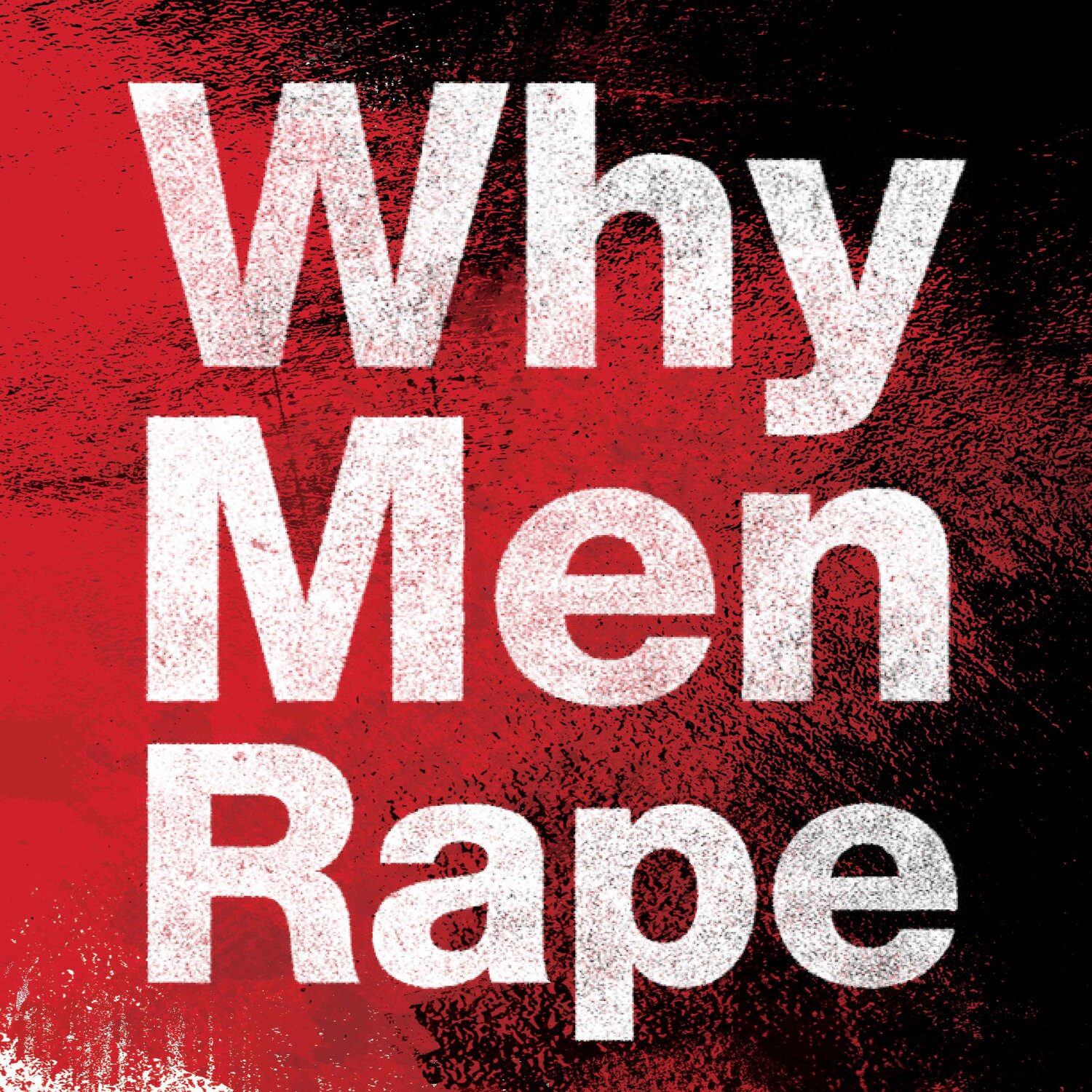How Lara Croft got her groove back
by Sowmya BR & Priyanka Sutaria
Alicia Vikander gears up to smash the patriarchy (via The Playlist)
Alicia Vikander plays Lara Croft in the recent reboot of the 2001 film Lara Croft: Tomb Raider (itself based on the video game Tomb Raider), and sure enough, the internet trolls have already begun their protest against the fact that Vikander does not have a… cleavage. Yes, indeed — the My Childhood Is Ruined™ squad is back! After harassing Leslie Jones for, well, being a black woman, the manchild brigade is here to rue that a film can exist without a woman having to flash a breast (or two). A heroic endeavour.
The story of Lara Croft’s buxom bosom begins with the video game itself, created in 1996. The story goes that the heavy proportions were not intended, but a coding error resulted in a creation that was — predictably — lapped up by the men. And so Lara Croft went from intrepid explorer to Intrepid Explorer With Big Breasts. The success of the game prompted a movie series with Angelina Jolie and her padding in starring roles. Because this was a once-in-a-lifetime opportunity for the character’s male fan base (who cares about the women, right?) to see their favourite top-heavy explorer as a real woman on screen with the requisite big boobs. Boo hoo.
So it was not unexpected that there would be a hullabaloo when the video game reboot turned their beloved eye candy into a woman who was “ tough, petite and clever… an inexperienced researcher could turn into a brave fighter and master of survival”, as described in the culture section of Deutsche Welle’s website . Also getting the boys’ boxers in a twist is the fact that in this version, Croft wears a tank top and — hold your breath — pants. Not a cropped tank and shorts, which was the previous getup. (Gasp!) That the decision was rooted in pragmatism (Colleen Atwood, who conceptualised the wardrobe for the 2018 reboot has said that there was “...an emphasis on practicality over sexuality”) is of no consequence. Vikander's pants, for instance, have stretchy seams for mobility and are far more suited to an explorer on a mission. Jolie’s outfit, frankly, was more suited to the exaggerated fantasies of hormonal teenage boys — and clearly, they feel left out this time round. There, there, boys. We know it’s hard to see your woman as a wholesome character, and not just boobs and butt.
The reboot shows us what we miss out when creators forcefully sexualise women — the possibility of collaboration and partnership. In one scene in the reboot, Croft and her partner (Lu Ren, played by Daniel Wu) are both seen in tank tops and pants. While he has an open shirt over his tank, she wears a hoodie. At PtM, we love this equitable visual framing, something we rarely see on film.
Think about it — with the exception of perhaps Katniss Everdeen from The Hunger Games, played by Jennifer Lawrence, or Wonder Woman played by Gal Gadot (who was criticised for her lack of ample bosom as well), the clothing given to female characters is inversely proportional to their male counterparts, and hardly realistic or practical. It is no secret that female comic book characters — particularly those in action-themed Young Adult adult fiction — whether superheroes, spies or explorers, are barely dressed, and in ways that accentuate their generous curves for their audience of men. Men are conditioned into desiring powerful male characters, but the women need be little more than sexy. Of course, badassery is a plus, because women have got to be hot and kick butt, or they’re incomplete.
It’s troubling when entertainment actively uses visual metaphors to empower men, while simultaneously disempowering and sexualising women. No wonder children have these messages coded into their everyday behaviour. It makes boys want to be brave and strong, and girls want to be pretty and sexy. I remember the desperation I felt as a 14-year-old late bloomer to look a certain way. It left an imprint on how I would look at myself for years. There is no telling how much of this negativity came from my classmates’ taunts, and how much from my own imbibing of this toxic idea of gender roles.
But not all is lost. Take My So-Called Secret Identity, which, when launched in 2013, created waves for challenging the sexist trope of female characters in comics. In an interview with Femina in 2013, creator Will Brooker talks about how he consciously created a character that was the exact opposite of these sexualised tropes. From costume to characteristics to personality, the character of Cat challenges the norm — actively so, because the character was created keeping in mind the shallow objectification of women in the comic book industry. Taking it a step further, the team behind My So-Called Secret Identity is almost 80% femme, which does impact the character workshops and story arc in significant ways!
Heartening, in an industry which has long been an unwelcome and downright violent space for women. Girls deserve to play these games and watch these movies as much as boys, and the fact that both these industries have made a permanent demographic out of boys is no reason to not push against this ceiling. Girls and women deserve to look at a screen and see themselves as empowered, strong and intelligent (and even fully clothed!). Tomb Raider makes amply clear that it’s time to acknowledge this massive void in consumership. It’s time to speak up, and make our screens more equitable. Big boobs? We’d like more than that, thank you very much.
SOURCES:
Lara Croft: from big breasts to brains and brawn
'Less boobs, more fighting': Lara Croft is back and she's not here to be ogled
Lara Croft and Gaming: Feminism in a Hyper-Masculine Industry

